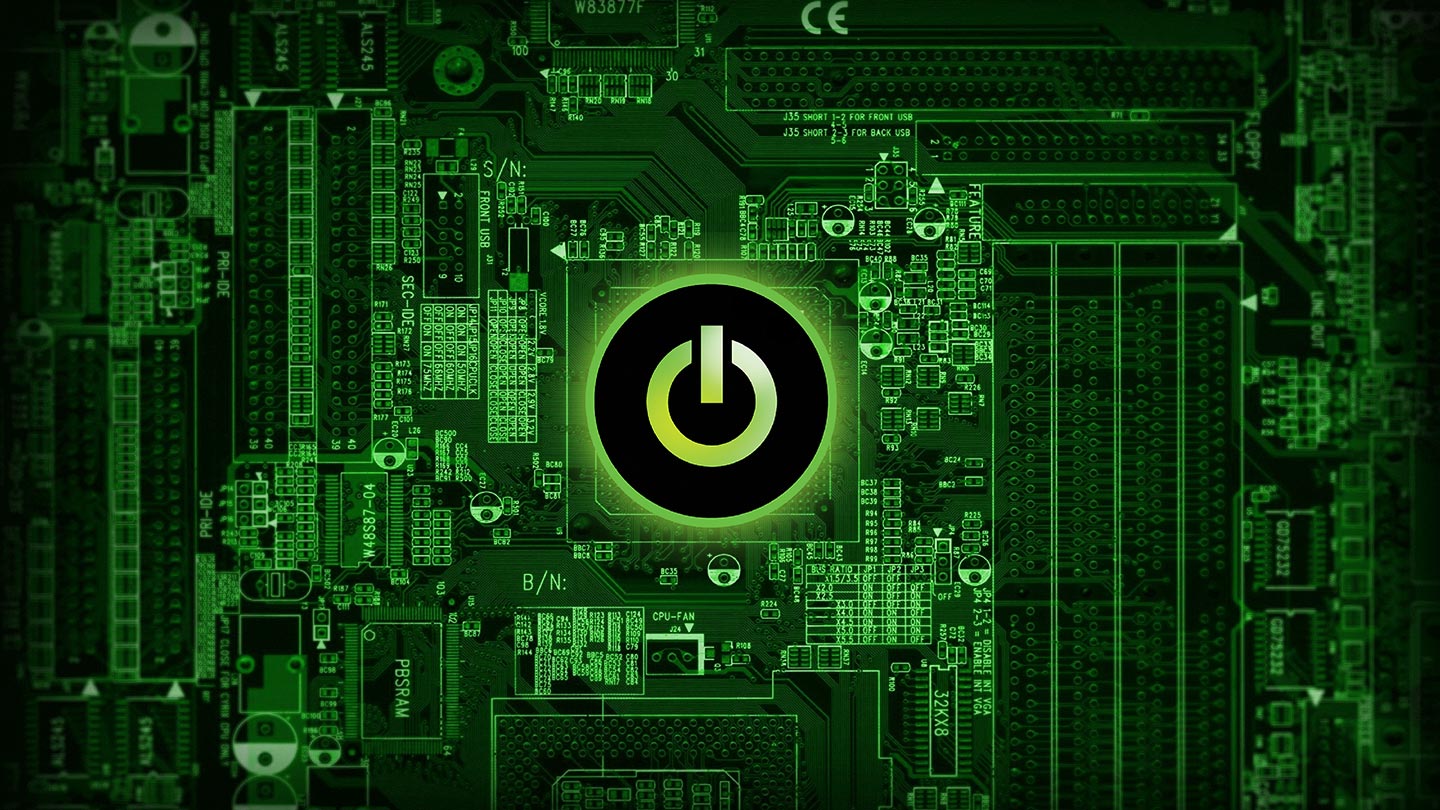
The Amazon is on fire. So are the enormous forests of Siberia (yes, that super cold place). Things are not looking good. Even Edmonton recently declared a Climate Emergency, which is incredibly important. We are very much in the midst of a crisis. Which is why we thought it was important to talk about the relationship between technology and climate change.
Technology and Climate Change: The Bad
Technology is responsible for a hefty portion of our current emissions, either directly or indirectly. Although these are not the only ways our advances have cost us, these three factors are large contributors to climate change.
Data
Smartphones, smart appliances, driverless cars, cloud storage…the cost of all that data housed in and accessed from the cloud is truly staggering. About 17% of the carbon footprint of technology is due to the enormous energy data centers require. They are expected to soon outpace even the entirety of the aviation field in terms of carbon output. The energy they use is expected to triple in the next decade, covering most of the reversibility timeline that scientists have given us.
Related is the impact of Bitcoin, which has been estimated to have the energy consumption equivalent of 1 million transatlantic flights.
E-Waste
When we dispose of our technology – computers, laptops, cell phones – we have a very negative impact on the environment. These electronics release chemicals that are harmful to people, animals and the surrounding environs when they aren’t disposed of properly. Incineration is especially damaging and can lead to dangerous substances – even lead or mercury – ending up in our food chain. Hopefully, we don’t need to explain why this is bad.
Online Shopping
Having access to the entire world of commerce is incredibly convenient. It has also led to serious environmental damage, primarily because of transportation. Although on the face of it delivery might actually have a smaller ecological footprint than actually going to the store, in practice delivery is much worse, for three main reasons. First, somewhere between 12 and 16 percent of deliveries fail the first time and require more transport than a single trip. Second, people are really into sending things back – around 20% of orders are returned. Now, that single item has caused, at best, double the environmental cost of transport. And lastly, our obsession with same-day delivery or next-day delivery has forced orders to be shipped in multiple trips instead of waiting for orders to come together, creating a larger impact.
Technology and Climate Change: The Good
Luckily, the link between technology and climate change isn’t all negative. Technology is often predicted to be what saves us, and there may be some truth to that optimism. Obviously, green technologies and green energy is a big part of that, but let’s talk about some other ways that technology can help our current crisis.
Drones
Drones help scientists collect data with less disturbances, can plant trees more efficiently than manual planting can, and even do deliveries with a smaller footprint. Plus, they’re cool! Vroom!
Technology Recycling/Reusing Programs
Ahem. We have one of those. Our Power up the Planet program not only keeps your e-waste out of the landfill (and our water and food supply) but actually rebuilds your old electronics to give them new life for a not-for-profit. There are so many wins in that equation I lost count!
Carbon Engineering
Did you know that there is a company right here in Canada, in neighbouring BC, that is working on technology to take carbon out of the atmosphere and use it to create fuel? They can remove more carbon than trees – each facility is expected to remove the equivalent emissions of 250,000 average cars per year!
Data Storage Changes
Google and Apple are leaning heavily on wind and solar energy, respectively, and moving to be on 100% renewable energy. In some places Google is also using cool sea water or rain water as a cooling agent for its data centers, instead of cooling systems that use electricity (and therefore add to the carbon footprint). It’s also using artificial intelligence to increase efficiency.
The climate crisis is real, and it is now. Technology has a lot of sins to atone for, but it can also be a solution. Some of this takes individual responsibility, and most of it takes a collective change in how we do things. But there is hope, and technology is part of that.
Liked this article?
We are adding more useful articles to our blog every week! Join our subscribers to stay up to date on digital security, marketing, and social media trends.
By entering your email, you agree to receive our monthly newsletter. You can unsubscribe at any time!


